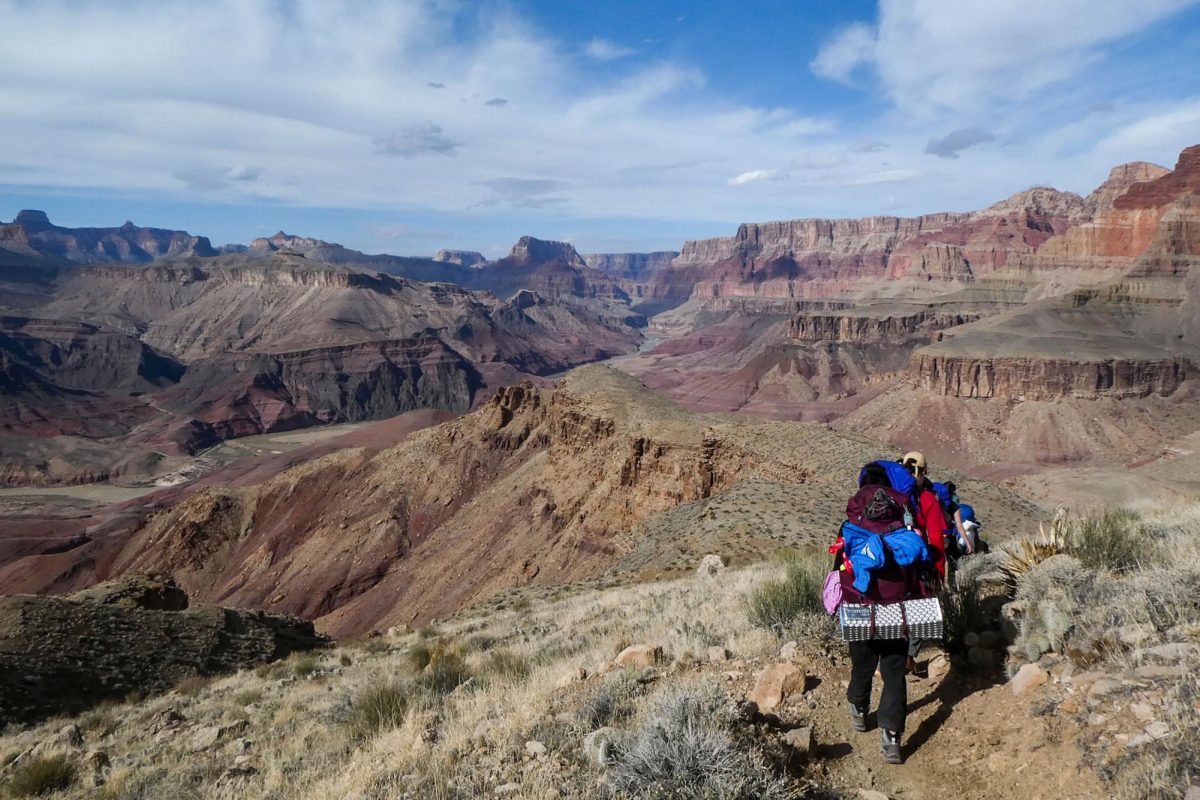In response to a growing demand, GW’s Alternative Breaks Program amped up service efforts this fall, adding more locations and leaders for its popular winter and spring break community service trips.
“Several trips have been added for the 2010-2011 academic year to accommodate the student demand and popularity of the Alternative Breaks Program,” said Shannon Donahue, a director in the Office of Community Service, in an e-mail.
In just two years, the number of students that participated in the alcohol- and substance-free trips has grown by the hundreds. More than 300 students volunteered at one of the 13 international or domestic sites last year, in comparison to the fewer than 200 students who participated in the seven trips in 2009.
At least 369 students showed up for one of the five information sessions on campus last week, in preparation for filling out the competitive trip application, which went online Friday.
Students accepted into the winter break trips will head to Costa Rica, Guatemala, Honduras, Panama or Puerto Rico. Those accepted to the spring break trips will head to West Virginia, Georgia, Oklahoma, Kansas, New York and the District.
Both breaks will also send large groups to New Orleans to work in construction sites, rebuilding homes that still are in disarray more than five years after Hurricane Katrina.
“Due to the travel time and cross-cultural immersion, international trips are reserved for Winter Break,” Donahue said. “Winter break provides travel flexibility for students to ensure they return in time for the start of spring semester.”
The expected interest in the program comes a little more than one year after first lady Michelle Obama issued her community service challenge to the University, an emphasis the University has maintained even after the service challenge was completed in May.
The trips – which began with one group in 2006 working in New Orleans, La., during the aftermath of Hurricane Katrina – will include both foreign and domestic options for students.
Each trip is led by at least two student leaders, as well as faculty members who serve as learning partners.
Senior Jessi Mann, a self-defined “trip participant, turned leader, turned Executive Board Chair” of the Alternative Breaks Program, said that this year marks a drastic growth in the expected participation in the program.
“We have new leaders this year, multiple new trip destinations, and the Executive Board has grown to accommodate the increased capacity of the program,” Mann said, in an e-mail. “We’re all pretty sure that the number of applications we receive this year will mirror this increase in size and ambition, only ten-fold.”
Fellow Executive Board Chair Matt Francolino said the added participants and leaders have created a trip in which a bigger purpose is to serve the overall world community, not just one spot or location.
“We want Alternative Breaks to be a cohesive program,” Francolino said. “We want to stress to the University that its not just this trip or that trip, but that all the trips are really beneficial to service.”
All of the trips have a central issue that is highlighted. This year, several of the new trips will focus on eco-friendly and sustainable development within the respective communities. The Freshman Day of Service held Sept. 11 embodied the same theme.
The trip to Puerto Rico, for example, is called “Jungle Conservation” and will work to promote natural building projects and organic farming.
Francolino said that since locations are chosen based on student leaders’ proposals, the increased green initiative is reflective of many of the Executive Board’s interests to promote sustainability and green development.
Despite these amendments to the program, the central mission of Alternative Breaks has remained the same over the years.
“Alternative Breaks are an opportunity for students to learn about other cultures and communities while providing needed service and support to those communities,” Donahue said. “Through serving other communities both domestically and internationally, the Alternative Breaks Program provides GW students an opportunity to meet a new cohort of peers in an environment that challenges them both socially and academically.”







